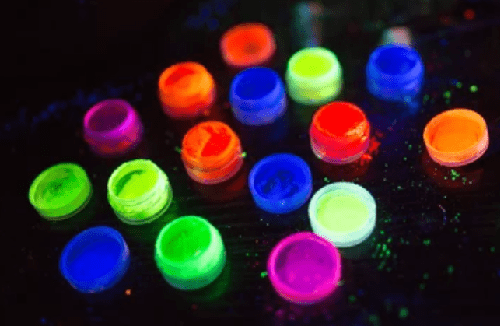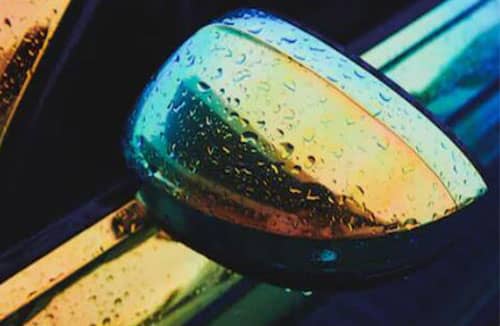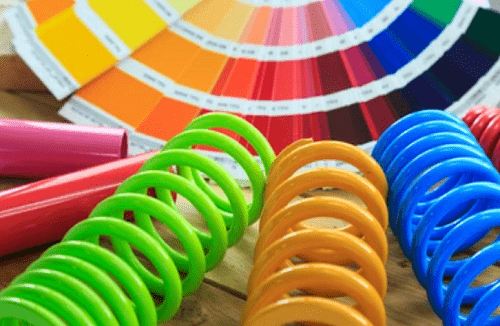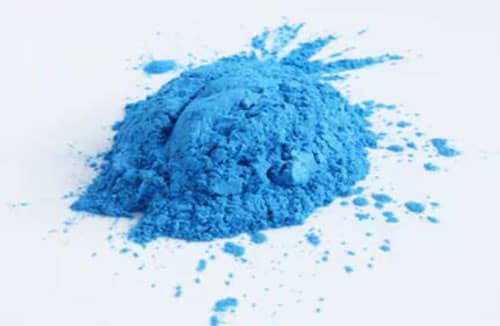
The characteristics and discoloration principle of thermochromic powder
January 20th, 2022Thermochromic powders are prepared from electron transfer organic compound systems. The temperature-changing powder changes the molecular structure of the organic matter due to electron transfer at a specific temperature, thereby realizing color change. Thermochromic powder is not only bright in color, but also can achieve color change from “colored to colorless” state, which is not..
Read more >>
Basic introduction and advantages of glow in the dark pigments
January 18th, 2022Glow in the dark powder is a material that automatically emits light in the dark. Luminous materials are divided into two types: self-luminous and light-storing. Humans have used luminous powder for a long time. For example, it has been used on the dial of a watch to make a luminous watch. With the application of..
Read more >>
Magical Chameleon Effect Pigments
May 14th, 2018The chameleon effect, also known as the “angular heterochromatic” effect, is a property that changes color and luster as the angle of observation changes, or changes the angle of illumination of a light source while the angle of observation remains the same, and the color changes as well. In general, pigments or dyes absorb light..
Read more >>
The use and method of pearl powder in coatings
January 21st, 2022Pearlescent pigments have a long history and a wide range of uses. Traditional pearlescent pigments include natural pearl pigments and synthetic lead and bismuth, which are toxic and have limited uses. With the advancement of science and technology, the new type of pearl powder is based on mica, flake quartz, flake alumina or flake glass..
Read more >>
Properties and applications of pearlescent pigments
October 8th, 2019Pearlescent pigment is a kind of optical effect pigment, because it can present a certain metallic luster, so it is also called non-metallic pigment with metallic luster. Pearlescent pigment has the shining effect of metallic pigment, but also can produce the soft color of natural pearl. When irradiated by sunlight, it can produce multi-layer reflection,..
Read more >>